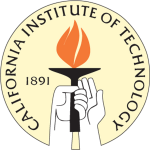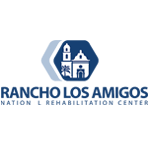Design for Freedom from Disability
- Global Health
- Sustainable Development
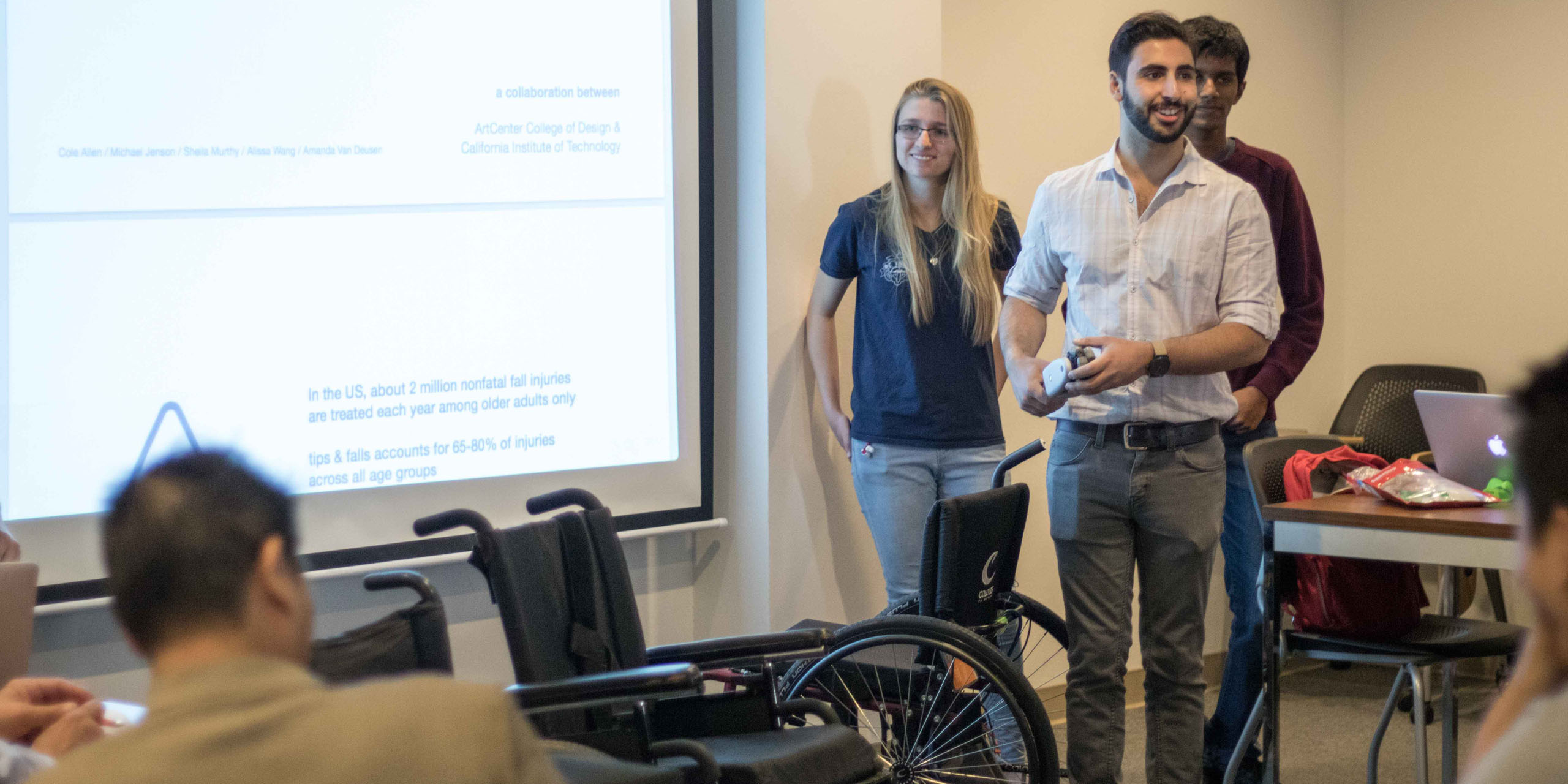
Spring 2017
In collaboration with the California Institute of Technology (Caltech) and Rancho Los Amigos National Rehabilitation Center, the Design for Freedom from Disability Studio brought together Caltech engineering students and ArtCenter product design students to design, modify and/or create innovative and affordable products that would improve mobility, usability and quality of life for the physically disabled.
This project was made possible in part by support from the Designmatters Educational Program Grant from the Autodesk Foundation.
Recent Developments
One student team from the Designing for Freedom from Disability studio was invited to present at the 2017 RESNA Conference (Rehabilitation Engineering and Assistive Technology Society of North America) from June 26-30 in New Orleans, LA.
Project Brief
ArtCenter’s Designmatters and Product Design Department collaborated with Caltech and Rancho Los Amigos National Rehabilitation Center to challenge engineering and design students to define user-driven and cost-effective products for the disabled community based upon actual stated and/or observed needs. After conceptualization and prototype construction, prototypes were tested with Rancho associates, an experience that provided students with immediate feedback as well as strong empathetic connections to issues facing people with disabilities.

“What I really learned from this studio was how to interview people to find out what they really need – not what we think they need. When you are interviewing, you have to discover what they care about the most, and maybe that thing isn’t the most techie device or a flashy item. Maybe it’s something very simple, something that’s used every day that can make their life easier. That thing may seem very simple, but it’s really not.”
– Nancy Tsai, Product Design Student, ArtCenter
About Rancho Los Amigos National Rehabilitation Center
Rancho Los Amigos National Rehabilitation Center in Downey is a Los Angeles County Public Hospital and an international leader in rehabilitation medicine and clinical research, serving those who have had a life-changing illness, injury or disability.
Founded in 1888, Rancho today specializes in brain, neurology, orthopedic, pediatric, spine injury and stroke rehabilitation. As one of the largest rehab hospitals in the United States, Rancho cares for about 4,000 inpatients annually and services 71,000 outpatient visits each year. Rancho supports a patient and family-centered approach to care and is non-discriminatory and open to all.
Many individuals, who have been served at Rancho throughout the years, chose to live close to the facility after their initial hospitalization because it offers them continuity of care. Often, these individuals become involved at Rancho as consumers, mentors, volunteers and workers.
Additionally, the Rancho Research Institute attracts preeminent clinicians from around the world for partnership, groundbreaking studies and developing innovative technologies – always with Rancho’s general mission in mind: to restore health, rebuild lives and revitalize hope for those with disabilities.
Research and Project Development
Interdisciplinary teams of ArtCenter and Caltech students spent many hours at Rancho Los Amigos, including its newly opened Don Knabe Wellness Center, initially for fact-finding interviews, observations and field research. Students were challenged to define problems and specific needs of the physically disabled community, whether told in an interview or through observations. Personal stories and experiences offered students key insights on what type of product or enhancement would allow the disabled more freedom despite their restrictions.
In-studio guest speakers – therapists, researchers and those with assistive needs – provided students with emotional context into the unique challenges and difficulties faced by the disabled community. Assigned supplemental readings and documentary viewings offered an historical scope of the issues as well as greater understanding of what day-to-day living with a disability.
Teams researched the current marketplace products available to the elderly and disabled communities; they compared the pros and cons of devices with attention to cost and ease of use. These investigations often presented options for either a new product or provided the groundwork for a potential technologically-improved version. Student teams designed to differentiate their product from current offerings and to make their product affordable and theoretically scalable.
Students collaborated closely with Rancho associates for secondary research as they continued to ideate and refine design concepts, always keeping the end user in mind. After rudimentary prototype iterations were constructed, they were tested onsite at Rancho with associates – an experience that gave students immediate feedback on how to best retool and further push their concepts into functional reality.
Additionally, student teams also visited Villa Gardens Retirement Community, meeting residents and learning their stories as well as discussing concepts and testing prototype iterations.

“This class has the built-in inspiration because we are working with Rancho. The speakers who have come to class have had very serious challenges, yet as they communicate – often through alternative methods but their thoughts come through – they are incredibly inspirational. This makes you appreciate the human spirit which you don’t get in your normal life unless you go out and look for it. This experience is valuable for Caltech students because it’s beyond the abstract that they are used to – and it’s useful and important knowledge.”
– Dr. Kenneth A. Pickar, Associate Professor of Mechanical and Medical Engineering at Caltech
Outcomes
 close
close
Axis
Read moreMary Boyajian, Elliot Davis, Bogdan Dimitriu, Sherrie Yang
Portable with a sleek design, this folding wheelchair transfer board streamlines the process from moving in and out of the wheelchair while mitigating risks of falls and injury. Traction grips prevent slippage, a smooth edge stops pinching and a safety lock avoids accidental closing while the board is in use. The board is customizable with colors and grips.
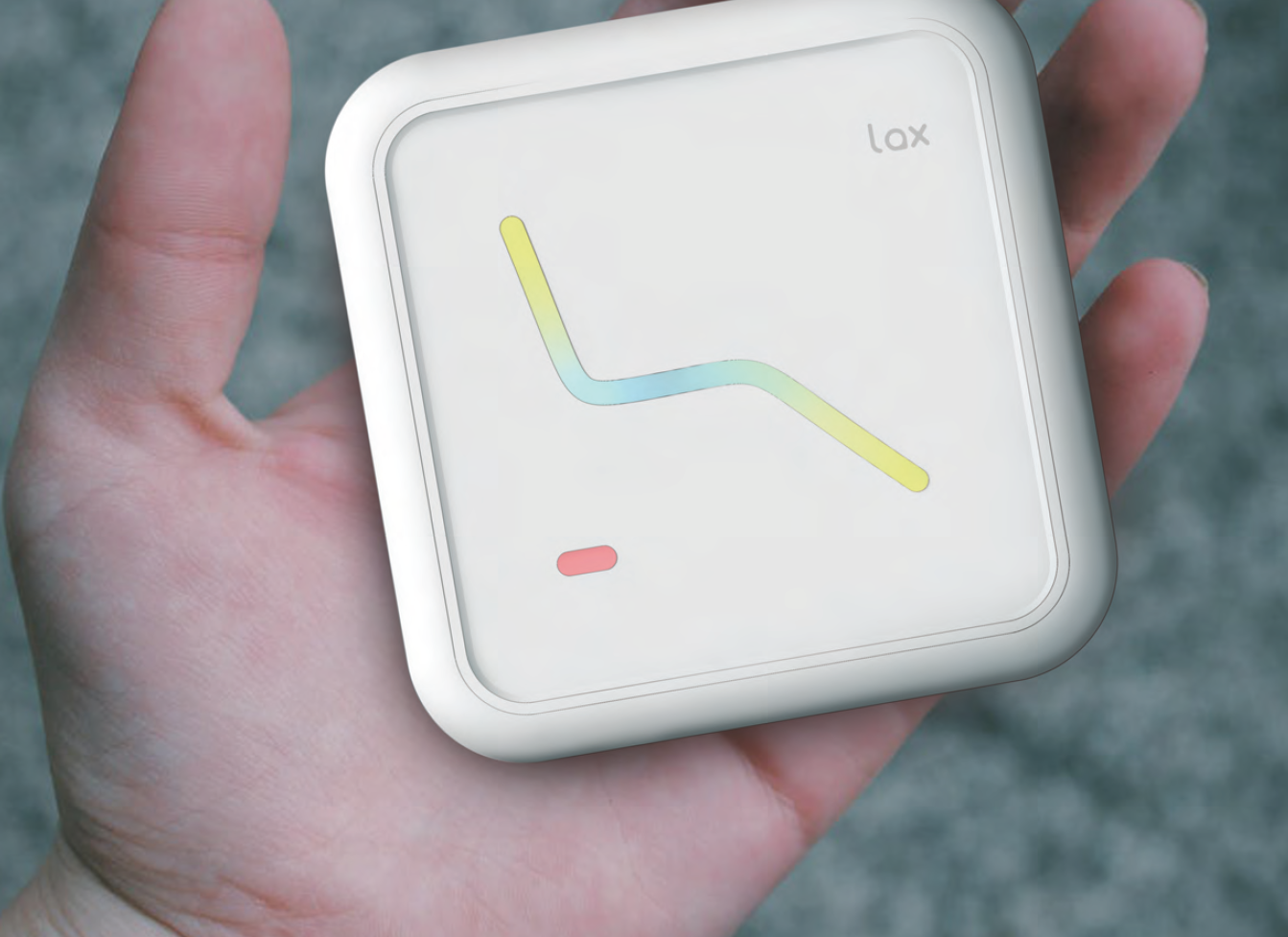 close
close
Team Pit Crew
Read moreNasser Al-Rayes, Ishwar Subramanian, Matt Strong, Ji Hyun Kim, Vincent Zhang
Sagging and overstretched wheelchair upholstery can lead to improper posture and other health issues. This preventive product involves a sensor detection system and a handheld device that alerts the user about the degradation of wheelchair upholstery in the seat and backrest support.
 close
close
Automatic Door Opener
Read moreHarry Teng, Manasa Ashok, Meera Ramakrishnan, Sumana Mahata
To help manual wheelchair users open and move through a front door with ease, this motorized door opener is triggered by a bump from a users’ wheelchair. An inexpensive drill motor provides the power to the secured system that could eventually be controlled by a cell phone app or other remote access devices.
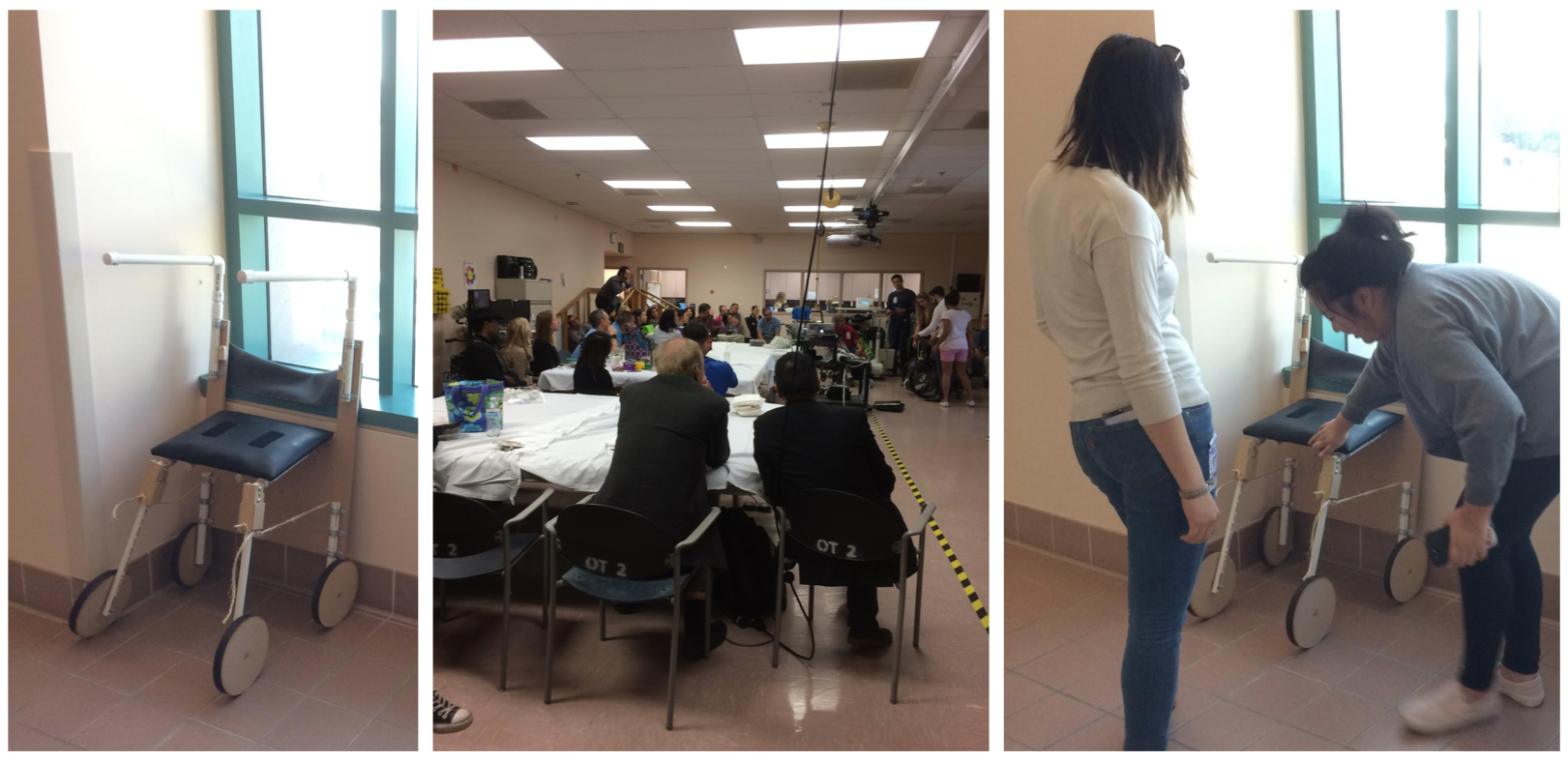 close
close
Rollator
Read more
Traditional four-wheel walkers are reimaged into a stable, lightweight and fully collapsible outdoor rollator that addresses the inherent risks involved in transferring user to seat, car, etc. Employing bicycle-style grip brakes provide a safe and secure locking mechanism over conventional brakes.
 close
close
Power Assisted Wheelchair
Read moreMathew Simon, Bailey Da Costa, Vasant Iyer, Surya Sundararajan
To help caretakers with the physically difficult task of pushing a collapsible wheelchair, this product is inspired by the motoring and gearing from competitive robotics competitions. A lightweight caster module is rear-mounted on the wheelchair and adjusts for uphill and downhill travel. A handheld control stick will regulate the power, trigger braking mechanisms and display a battery-life meter.
 close
close
Overbraked
Read moreCole Allen, Michael Jenson, Sheila Murthy, Alissa Wang, Amanda Van Deusen
Improving on a wheelchair’s locking mechanism to prevent unwanted dangerous shifts, this mechanical ratchet system involves brake pads rotating down into place to wedge the jack in between the wheelchair and the ground. Users can employ the lightweight but sturdy brake on any floor surface. The system is collapsible for easy storage and carry.
 close
close
Adaptive Gaming
Read moreCoco, Ducky, Sophia Rowland, Talia
Xbox gamers who have lost fine motor skills of hands can play their favorite games with these clip-on extensions for existing controller buttons. By extending the joystick and top trigger buttons, traditional Xbox controllers can be played with one hand. The extensions can be 3D printed, making them inexpensive to manufacture.

“Like many, I’m very appalled when I go into stores that sell products for the disabled community. I see nothing of great value or items that are so undignified. This class is an opportunity for us to not only solve specific problems but to solve emotional problems. I’m proud that these students can deeply understanding the empathy of the situation and they are eager to use their talents to do something good.”
– Jeff Higashi, Faculty, ArtCenter

